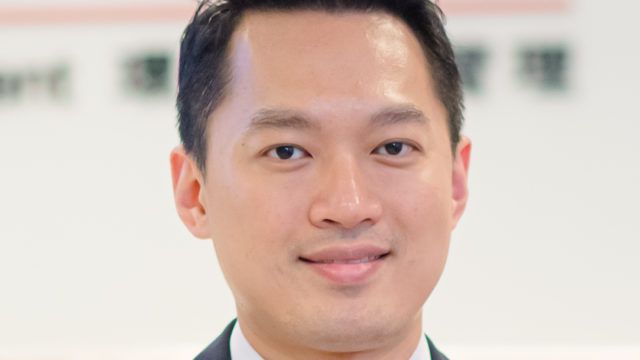It will be HSBC GAM’s first fixed maturity product (FMP) available to Hong Kong retail customers. Its previous offering, the $222m Global Corporate Bond Fund 2020, launched in October 2016, was authorised for sale to retail by the Monetary Authority of Singapore, but not by Hong Kong’s Securities and Futures Commission.
“We’re launching this new fund now to provide investors with a stable product amid continued market volatility and expectations that the US interest rate cycle is approaching its end,” Ricky Liu, senior portfolio manager, US and global credit at HSBC GAM told FSA in an interview.
“A fixed-term strategy should help investors to lock in yields at current levels for two-and-a half years, while the short tenor will reduce interest rate risk,” said Liu, who will manage the fund.
The fund will distribute income every month, but Liu was unable to specify an exact yield target during the product’s two week initial public offering, which ends on 25 June. However, it is likely to align with the “market rate”, which is the 3.5-4% net income yield on the 2020 FMP, he said.
Short-dated US treasury yields have fallen sharply this year, especially during the past six weeks, amid investors’ concerns about an escalation of the US-China trade dispute and recent data indicating a slowing US economy. The two-year and three-year US Treasury notes yielded 2.50% and 2.47% respectively on 1 January, and have dropped to 1.90% and 1.87% currently.
The manager also plans to return investors their principal amount at the fund’s maturity date, but there is no guarantee. The fund’s final portfolio value will depend on any bond defaults and the level of reinvestment rates during its life. Moreover, the manager has the flexibility to pay dividends out of capital – which might lead to erosion of its net asset value – although “the intention is to distribute from income generated by its bond holdings”, said Liu.
Portfolio strategy
The portfolio will be broadly diversified across investment grade and high yield bonds in developed and emerging markets, with a maximum 30% of assets to be invested in non-investment grade bonds to achieve an average credit rating of BBB-.
Although the fund’s strategy is “not set in stone, we have a clear idea about the likely portfolio composition”, said Liu.
It will comprise US dollar-denominated bonds issued by US, European and Asian borrowers, and also bonds denominated in euros and sterling, “where yields tend to be higher for similarly-rated credits, and even the same US name. But, all foreign currency exposure will be hedged back into US dollars”.
Its Asia allocation will include both investment grade and high yield dollar bonds, with a focus on the large cap multinational technology and resources companies “with strong name recognition among investors,” said Liu.
Among industry sectors, financials will make up around 40% of the portfolio, which is well below its 70% weighting in the short duration, investment grade segment of the market. Bonds issued by consumer, cyclical, materials and energy sector companies will likely each have a 10% weighting in the fund, he added.
“However, we want to eliminate ‘extension risk’, so we won’t buy bonds that trade to early call dates in case the call is not exercised by the borrower and the actual redemption date ends up being longer than the term of the fund.”
The total number of bond holdings will be between 75 and 100 with a 5% limit on individual investment grade names and a 3% cap on high yield issuers.
“Turnover will be very low. We will adopt a ‘buy-and-retain’ strategy, which gives us scope to conduct relative value swaps when opportunities arise, while keeping most of the portfolio static.”
The fund’s base currency is in US dollars, and it will also offer share classes in Hong Kong dollars and renminbi, with minimum investment thresholds of $1,000, HKD$10,000 and RMB 10,000. The management fee on the no-load P shares, available to retail investors, will about 0.40%, according to an HSBC spokeswoman.
HSBC GIF Global Corporate Fixed Term Bond Fund vs sector average and representative indices


















